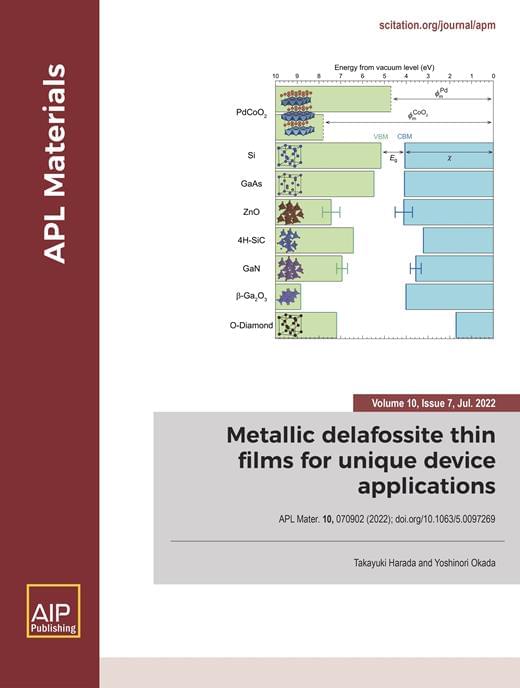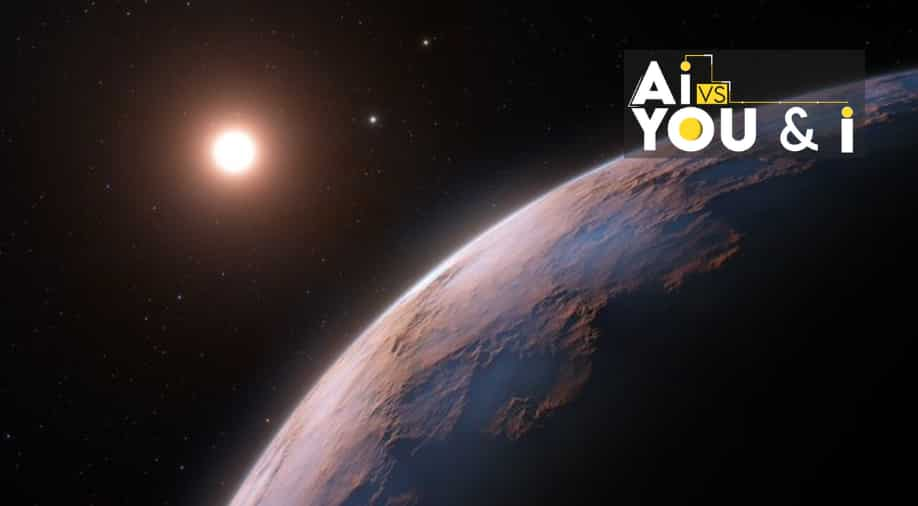How much of the multiverse is TRUE?? Join us… and find out!
Subscribe: https://wmojo.com/unveiled-subscribe.
In this video, Unveiled takes a closer look at the multiverse, as it’s represented in both science FICTION and science FACT! How much of the theory is true? How much of it is POSSIBLY true? And how much of it has been totally made up for books, film and TV??
This is Unveiled, giving you incredible answers to extraordinary questions!
Find more amazing videos for your curiosity here:
6 Scientific Breakthroughs Predicted During Your Lifetime — https://youtu.be/wGKj-3AfxdE
Are We the Creation of a Type V Civilization? — https://youtu.be/T_u4lGDs3dM
0:00 Intro.





